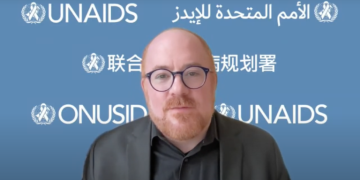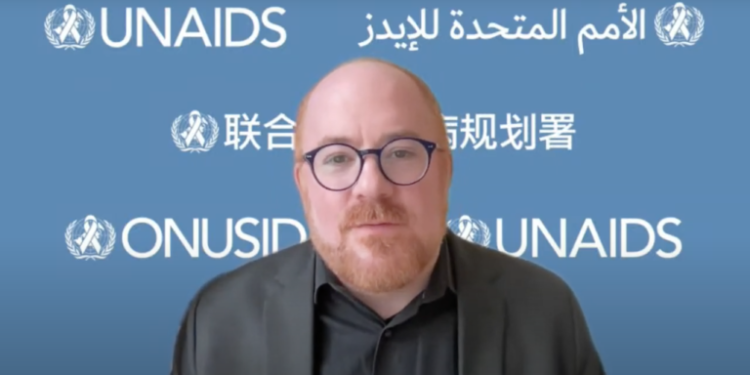This year, “Equalise” was chosen as the slogan for World AIDS day, observed on 1 December. The theme is a call to action around the need to address the injustices that are fuelling the AIDS epidemic as pre-existing inequalities are exacerbated by the serious disruptions to health systems caused by the Ukraine war, COVID-19 pandemic and global economic crisis.
New infections have increased in Eastern Europe, Latin America, the Middle East, and Asia, a continent where cases had long been falling. Across the board, Global South countries have been disproportionately impacted.
Young African women are at particularly high risk. In the Sub-Saharan region, 6 of every 7 new infections are among adolescent girls aged 15 to 19. Vulnerable populations such as gay men, people who inject drugs, sex workers, and prisoners remain the key at-risk demographics.
“We are deeply worried about where we are in the AIDS response right now,” Matthew Kavanagh, Deputy Executive Director of UNAIDS said. “We still see the vast majority of new infections are happening in the Global South. This is the legacy of years of insufficient progress on North-South inequalities we know are actually growing.”
Cutting-edge treatments remain out of reach for LMICs
A new drug designed to prevent HIV infection is now available in the comfort of London, Paris, or New York, but has yet to arrive in the Global South. These long-acting injections can help prevent HIV infection if taken every two months.
But the cost of the drug precludes it from being an option in areas with fewer resources. Without this medication gaining traction in the Global South, many will still be at risk of contracting the virus.
The lack of access to this new breakthrough is not the first example of HIV treatments being out of reach for Global South countries. Until a few years ago, more people in North America were receiving pre-exposure prophylaxis (PrEP) than in the entire African continent, where the majority of new infections occur.
“We need to ensure that we actually make these medicines available,” Kavanagh said. “That means making them generically. It means producing them in Africa, Asia, Latin America and around the world to ensure access and affordable prices.”
Kavanagh also stressed the importance of decriminalization, stressing that countries that avoided highly criminalized approaches have fared far better over the last decade than those that maintained legal penalties.
Closing the funding gap is critical
Underfunding for HIV programmes in low and middle-income countries has left a gap of $8 billion for 2021 in HIV support. A steep figure at first glance, it is a drop in the bucket in comparison to global economic budgets.
“That $8 billion is very achievable,” Kavanagh said. “We need a push from parliamentarians in the north and in the south to ensure that this funding actually becomes available. In a moment of economic crisis, this matters the most.
“Only with access to this life-saving medication can a real effort be made to tackle HIV/AIDS-related inequalities,” he concluded. “If a larger population can access this HIV prevention injection, then a real change can be made and help save lives around the world.”











